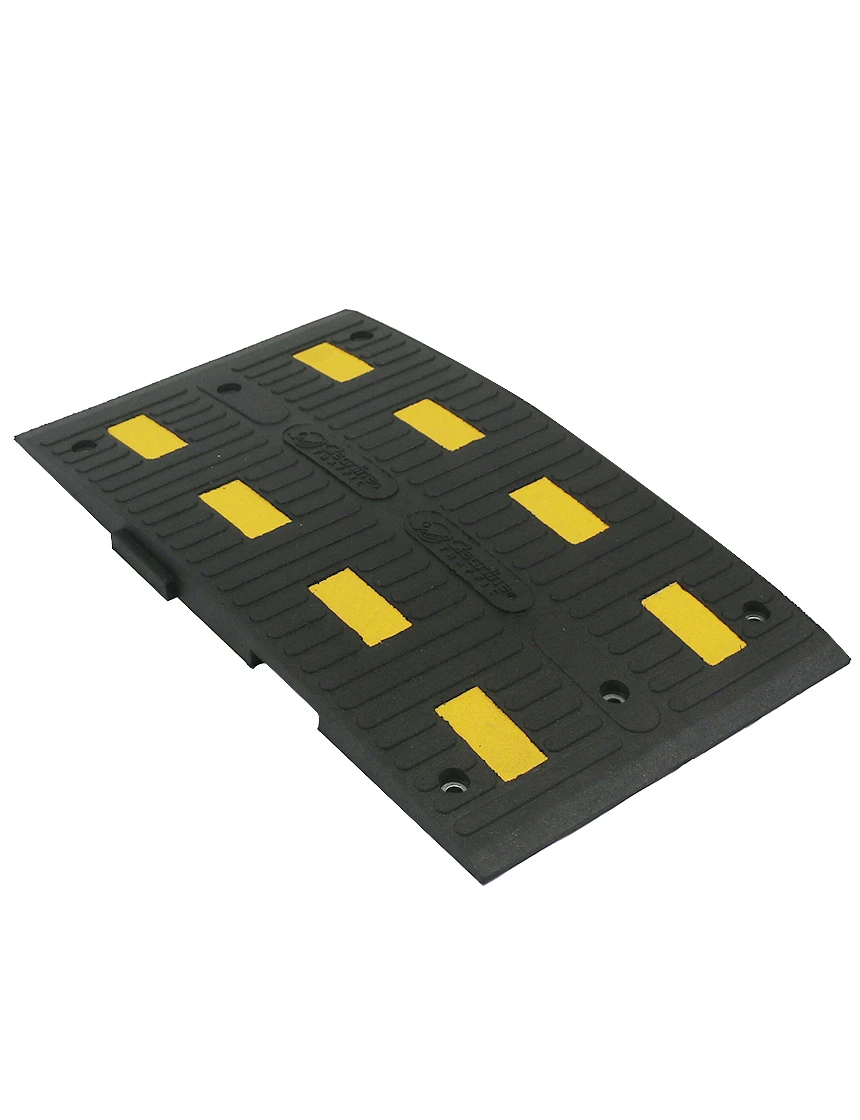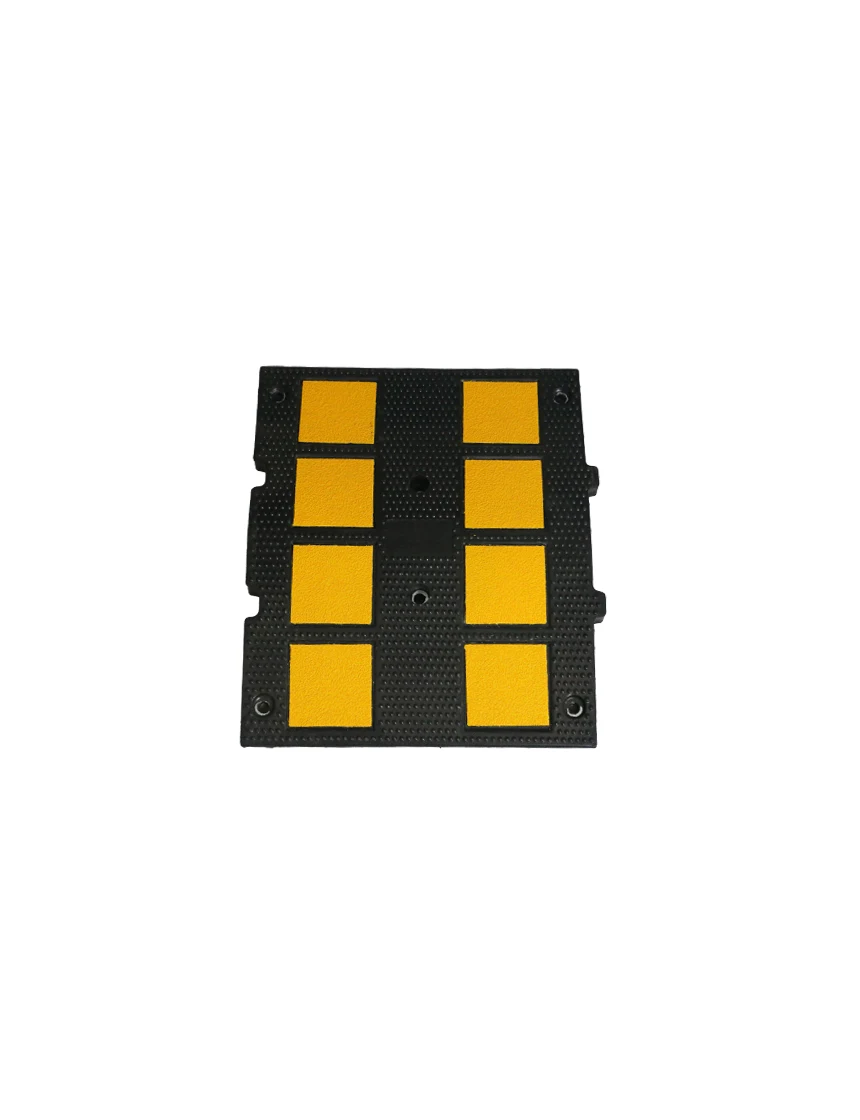Choosing Between Speed Bumps and Speed Humps
Insights from Traffic Safety StoreKey Differences
| Feature | Speed Bump | Speed Hump |
|---|---|---|
| Height | 2–3 inches | 1.5–2 inches |
| Width | 10–12 inches | Approximately 20 inches |
| Speed Reduction | Typically slows vehicles to around 5–10 mph | Encourages speeds of 10–20 mph |
| Impact on Vehicles | More abrupt and jarring | Smoother transition |
When to Choose a Speed Bump vs. a Speed Hump
Speed Bump
Speed bumps are best suited for environments where aggressive speed reduction is essential. Use them in:- Crosswalks and entrances to schools, churches, or businesses
- Parking lots or private roads where vehicles need to slow down to below 10 mph
- Areas with a high risk of pedestrian activity
Speed Hump
Speed humps offer a gentler approach, making them ideal for:- Residential neighborhoods where a smoother flow is preferred
- Parking lots with lighter traffic
- Areas that benefit from maintaining speeds between 10–20 mph
Pavement and Installation Considerations
- Pavement Condition: On flat surfaces, longer speed bumps can cover multiple lanes. On crowned or uneven pavement, shorter, end-to-end installations help maintain functionality.
- Material Options:
- Recycled Plastic: Resembles traditional concrete, often dyed bright yellow for high visibility.
- Recycled Rubber: Features a black-and-yellow design with embedded yellow stripes, ideal for uneven surfaces.
- Anchoring Methods:
- Concrete: Use lag bolts with expanding anchors or self-tapping concrete screws (with masonry drilling).
- Gravel/Dirt: Spikes are generally the only viable option.
- Asphalt: Expanding anchors work best on older, hardened asphalt; avoid self-tapping screws.
Additional Features
- Reflective Elements: While standard yellow plastic bumps work well in daylight, adding reflective yellow tape improves nighttime visibility.
- End Caps: End caps offer a neat finish and protect the edges from wear, although they are not essential for functionality.
Video Overview
Video Transcript Summary
The video by Traffic Safety Store covers these essential points:Conclusion
Selecting the right traffic calming solution involves evaluating your specific needs, the pavement condition, and the installation environment. Whether you opt for a speed bump or a speed hump, understanding the design differences, material options, and anchoring requirements will help ensure a safe and effective installation. For further assistance, contact the experts at Traffic Safety Store.Disclaimer: This article is for general informational purposes only. Please consult local regulations and laws related to your specific project
Learn more about traffic cones, traffic signs, barriers, high-visibility gear and other traffic safety solutions at TrafficSafetyStore.com. You can also explore our wide range of Parking Blocks and Speed Bumps, and Speed Humps to find the right fit for your specific needs.

Clearline® Rubber Speed Hump Middle Section
Clearline® Rubber Speed Hump Middle Section
- Middle Sections Interlock to create speed humps of desired length
- Middle Section weighs 39 lbs
- 2" Tall x 35" Long x 19 3/4" Wide
- Six (6) fasteners per middle section (included)


Rubber Speed Hump Middle Section
Rubber speed humps slow traffic to 15-20 mph and are ideal for parks, school zones, hospitals, and retirement communities. The modular units lock together, creating a uniform surface fit to the road’s width. Also legal for authorized use on public roads. LEED approved – made from solid 100% recycled tires.
Reflective yellow stripes for high-visibility at night and in bad weather. Pre-drilled bolt holes for easy installation and removal. Comes with 4 mounting hardware options.
Meets Safety Standards:ITE; FHWA
- Middle Section weighs 36 lbs
- 2.1" Tall x 35.5" Long x 19.5 " Wide
- Six (6) fasteners per middle section (included)

Mini Rubber Speed Hump Middle Section
Mini Rubber Speed Hump Middle Section
- Middle Section weighs 26 lbs
- 2" Tall x 24" Long x 20 " Wide
- Six (6) fasteners per middle section (included)
